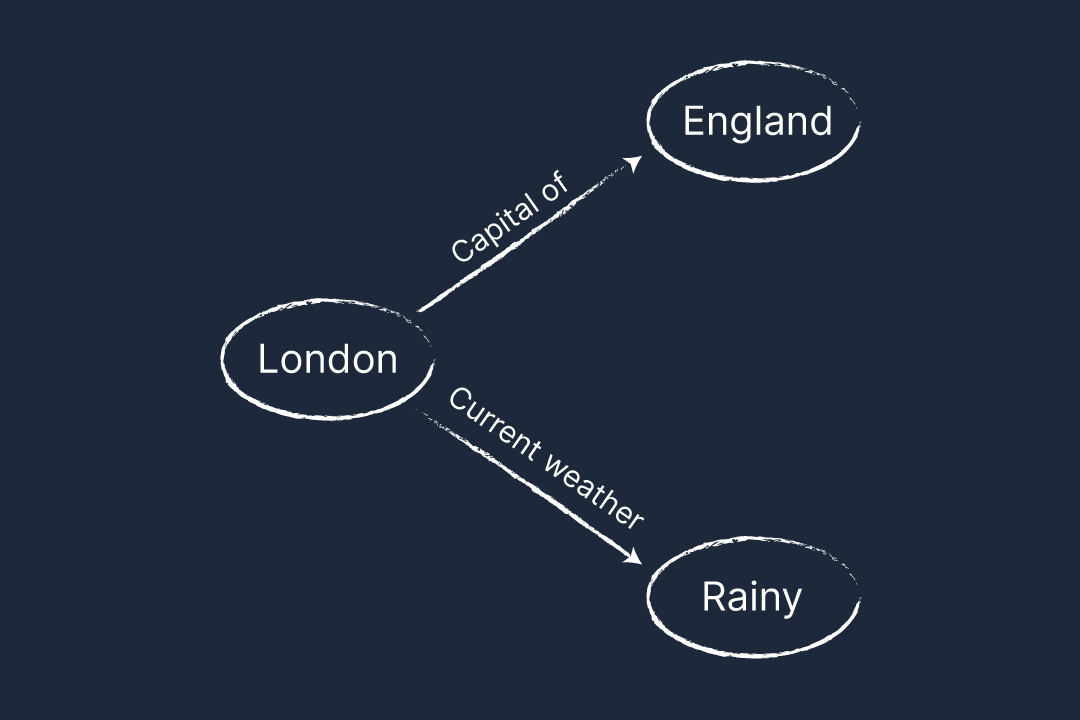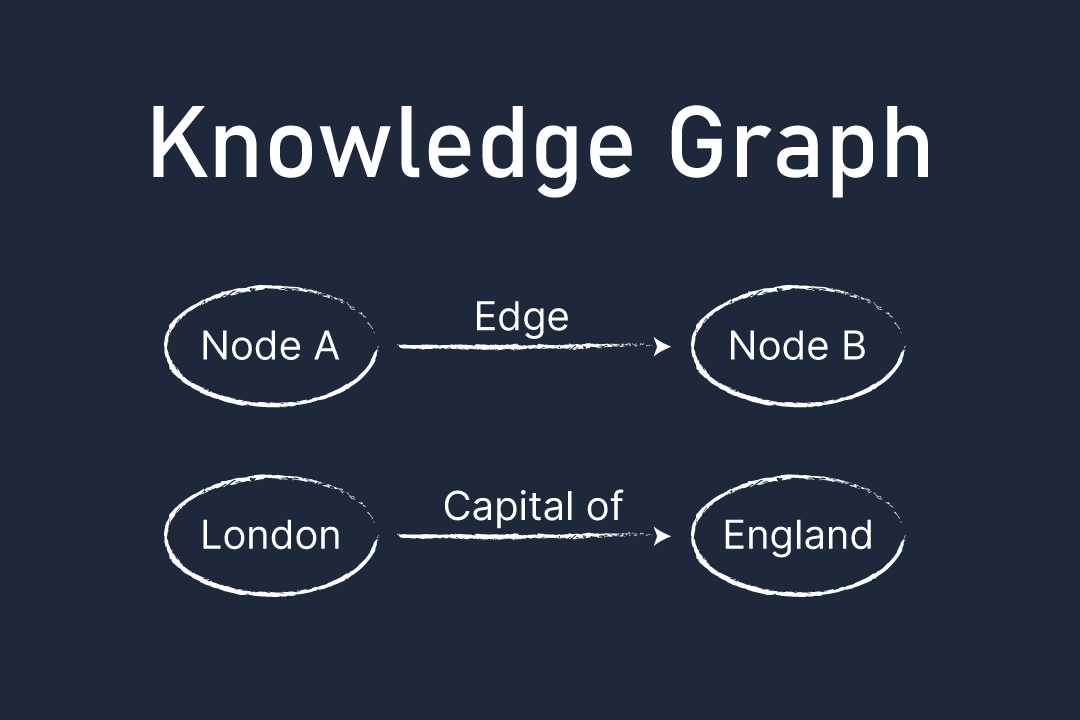If you have been doing SEO for your website or for your clients. You will have noticed these special Cards on Google search. At the very top.
Standing out from the rest of the results. As a means to provide quick information - that is usually verified to be true by the search engine.
Let us understand how it works, and how you can take advantage of the same.
What is a Knowledge Graph?
When you search something like this on Google...
What is the capital of England?
Google search engine pulls out this answer from a place known as the Knowledge Graph.
This is not always the case - but occassionally Google’s search results show information that comes directly from their Knowledge Graph store.
They store billions of facts about people, places and things. And the Knowledge Graph allows them to answer factual questions such as this one.
Knowledge Graphs can be seen as a way of representing semantic information between two entities.
And what's really cool about them is that modern applications allow almost any entity you could imagine. To be described within one.
For example, we could have a Knowledge Graph of movies and actors. Or we can describe ingredients or recipies, as well as the steps required to cook them.
What is the point of a Knowledge Graph?
This means machines are able to understand how these entities relate to each other. Along with the shared attributes.
And this allows us to draw connections between different things in the world around us.
Now a Knowledge Graph is made up of nodes. And connected by edges.
Nodes
Nodes describe any person, object, or place.
Edge
An edge defines the relationship between the nodes.
In our Example
Question:
What is the capital of England?
We will use these two Nodes...
- England
- London
Will be connected using an Edge called "Capital"
The pair of nodes may or may not be connected by more than one relation. If the two are related in multiple ways.
For example:
The node London will also be connected to the Node that describes the weather.
 And we can see then how that these nodes can be connected with multiple edges as we expand this.
And we can see then how that these nodes can be connected with multiple edges as we expand this.
And knowledge graph can build different data sources and bind them together to find out missing facts.
Lets say you are trying to predict the number of Chinese restaurants in New York City.
You could use one data source let's say census data, but that might not tell you the whole story.
- It might be out of date.
- It might not classify everything correctly and so forth.
So if we had a second data source, like, say, online reviews about all the different restaurants. Put them all in a Knowledge Graph.
Then we can use statistical methods to infer that actually there are 2,900 restaurants serving Chinese food in New York City, which may be a lot different than what was reported in the census data alone.
How does Knowledge Graph works?
Knowledge Graph utilizes the concept of Natural Language Processing (NLP). To construct a view of nodes and edges through a process called Semantic Enrichment.
We can take some unstructured text, for example a white paper. And classify that text using NLP. To create datasets which are correlated and related to that information.
And the output of that process is a Knowledge Graph.
Use cases
It's not only used for coming up with answers for questions. There are a lot of other commercial applications for Knowledge Graphs.
Use case 1:
The recommended people to follow on Twitter. Well, they leverage a knowledge graph based on people's bio. Based on the keywords used. To sort of group them together in specific categories & tagging them with certain variables.
Use case 2:
In insurance we can use Knowledge Graphs to make sure that a given claim for damange is actually a true claim, or whether it's been one that's reported by a policy holder for fraud.
Use case 3:
In retail. Knowledge Graphs can assist understanding the relationships between products so that companies can recommend different pairings that might be of interest to customers.
You might have seen these on Amazon. Titled "People who bought this. Also purchased..."
Conclusion
Knowledge graphs are everywhere... and they are used to build data sources for many different applications.
You ---Should follow---> Me on Twitter.
You ---Should subscribe to---> The Newsletter
Thanks for reading.

